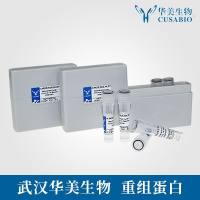In Vitro Changes of Platelet Parameters: Lessons From Blood Banking
互联网
互联网
相关产品推荐

重组人 p38 delta / MAPK13 蛋白 (Activated in vitro, GST标签)
¥3220

PABPC4/PABPC4蛋白Recombinant Human Polyadenylate-binding protein 4 (PABPC4)重组蛋白PABP-4 (Poly(A)-binding protein 4) (Activated-platelet protein 1) (APP-1) (Inducible poly(A)-binding protein) (iPABP) (APP1) (PABP4)蛋白
¥2832

P试剂盒,用于样本中血磷浓度检测,Blood Phosphate Assay Kit
¥169

Human p38 delta / MAPK13 (Activated in vitro) Insect Cell Lysate (WB positive control)
¥1560

sgRNA体外转录和筛选Guide-it sgRNA In Vitro Transcription Kit
¥9377
相关问答

